EVGA X299 Dark Motherboard Review
Author: Dennis GarciaBenchmarks - Overclocked
As with all of our reviews, we pit the default speed system against the overclocked one in a head-to-head byte match. The effective overclock for these tests is 5.3Ghz using LN2 (Liquid Nitrogen). That’s right, for this review I'll be super cooling my processor for some extra Mhz.
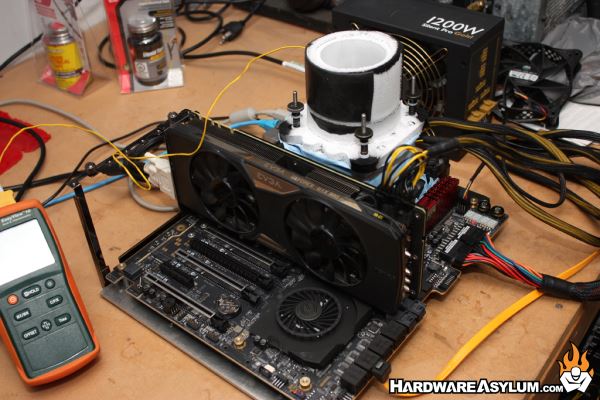
In past reviews my Core i9 7900X would not run past 4.4Ghz without throttling. This was due to excessive heat from the 10 core CPU and from the shoddy thermal paste Intel uses under the heatspreader. Knowing this the only way to go faster is to make the CPU colder. I discovered that 5.3Mhz was a good reliable overclock was despite this CPU running pretty well 5.5Ghz. The reason for going slower speed was to make running 3 hours of benchmarks a little easier on me and the hardware. 5.3Ghz required less voltage and didn’t need to be as cold especially since the CPU would cold bug at -100c.
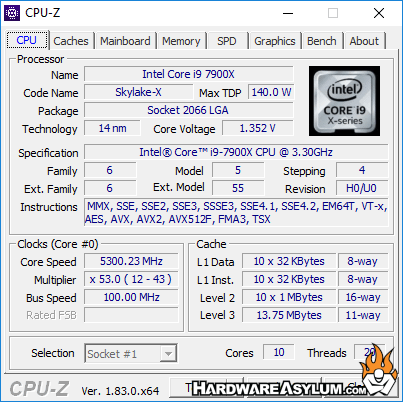
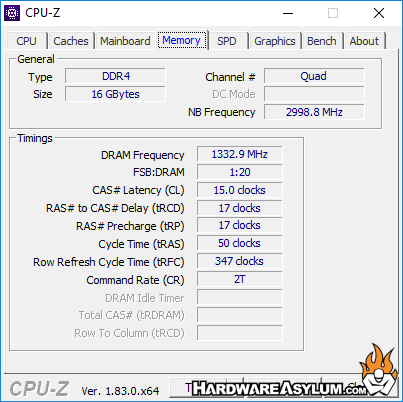
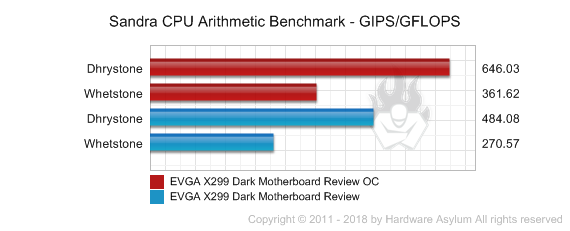
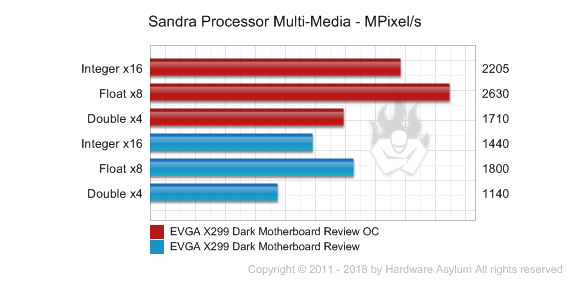
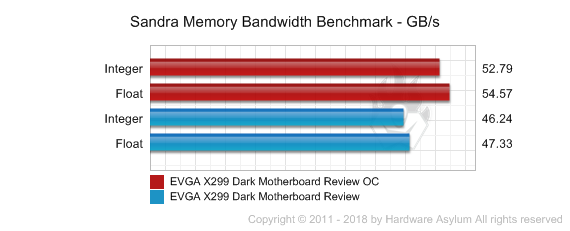


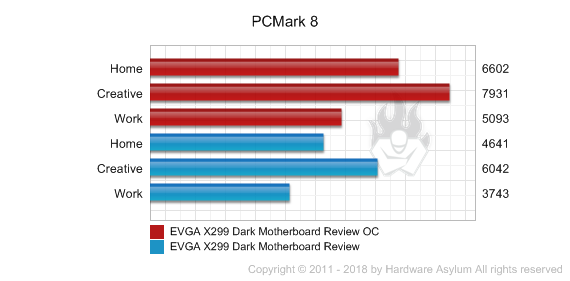
The great thing about overclocking is also one of the most annoying and it all comes down to performance gained over effort exerted. When overclocking my Core i9 7900X before I wasn’t able to go much faster than 4.4Ghz due to the CPU throttling. When running at 5.3Ghz under LN2 I had expected slightly higher scores. The game tests were extremely good however they have a diminishing return when you add more cores to the system. The Sandra tests reflected an increase in performance but didn’t translate to the memory due to the low XMP setting. PCMark brought everything together showing that with enough speed you can chalk up more numbers.
The sad thing about X-Series overclocking is that the chips are heat limited. Pushing extra Mhz into the CPU generates more heat and at a certain point they begin to throttle. You can offset this slightly by using LN2 but without delidding you can see a 40c gap between what the container temp is and what the CPU is reporting. Of course you can go colder and that will move the overall temperature unless you go below -100c on the container. You see the 40c gap is under load, once you remove that load the chip will quickly cool down and cold bug.
Delidding can help reduce the temperature gap but not completely and direct die cooling can increase the thermal transfer but has risks of chipping a core. All things you need to consider when going cold.

